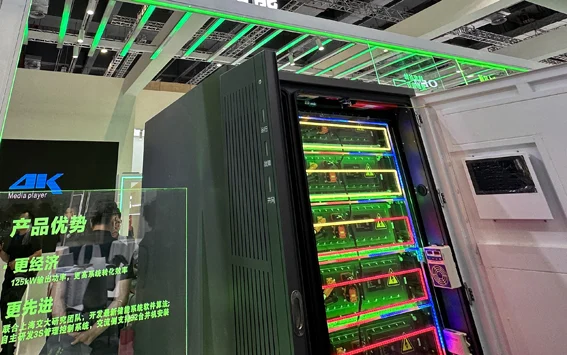The sun has always been humankind’s greatest source of reliable power, yet it has proven tricky to access efficiently and on the go. Step forward: solar battery kits—small, one-box packages that integrate solar panels, battery storage, and intelligent management in one neat package. These are changing the energy game, making 24/7 power accessible for everything from weekend camping trips to emergency backup systems. Here’s how these humble boxes are causing a silent revolution.
1. Shaking Off the Grid: The Rise of One-Stop Solar Solutions
Traditional solar setups usually come with big panels, separate batteries, and complex wiring. Solar battery kits reduce this equation by bringing sophisticated technologies together in a single portable package. For instance, high-efficiency thin-film solar cells like those developed by Tsinghua University, which optimize energy capture even in dim light, are being integrated into these kits in growing numbers at conversion efficiencies greater than 30%29.
The real game-changer is their modularity. Imagine a box that opens like origami, with stretchy solar panels snapping in and a lithium-ion battery pack managing energy output with care. These kinds of designs already allow outdoor enthusiasts to charge electronics for days on end without a fossil fuel bailout10.
2. Engineering Feats in a Box
These kits aren’t revolutionary because they’re so portable—it’s because of what high-tech gadgets are packed inside:
Smart Energy Management: Sophisticated kits use AI-driven systems to control power distribution. For example, on a rainy day, the kit will automatically disconnect non-essential loads (e.g., decorative lighting) to reserve energy for critical devices (e.g., medical equipment)8.
Military-Grade Durability: Built to withstand tough conditions, premium kits boast waterproof cases (IP67-rated), shock-absorbing structures, and heat-dissipation components that prevent any overheating even at 60°C58.
Hybrid Charging: Most kits now accommodate dual charging from solar and USB-C, making them compatible with laptops, drones, and EVs. Some even have wireless charging pads for phones6.
One notable innovation is the inclusion of calcium-titanium oxide (perovskite) solar cells, which were recently optimized for stability. The cells, now with lifespans of over 10,000 hours, enable kits to be at maximum efficiency for years without degradation9.
3. Real-World Impact: From Disaster Relief to Daily Life
Solar battery kits are paying for themselves in all sorts of scenarios:
Emergency Response: During natural disaster power outages, 1–5 kWh capacity kits can illuminate with LED lights, provide communications gear, and run medical refrigerators for a few days. In 2024, California rescue teams used solar kits to keep operations running despite wildfires, reducing reliance on noisy, air-polluting generators10.
Off-Grid Living: Rural community families are adopting kits as a primary source of energy. In rural India, a case study illustrated that a 2-kWh solar kit saved families 70% of energy costs compared to diesel alternatives8.
Urban Mobility: Amsterdam e-bike commuters charge batteries using foldable solar kits during commutes, extending their range by 40%6.
4. The Numbers Don’t Lie: Efficiency Meets Affordability
The economics of solar kits are on a tipping point:
Metric 2020 2025 (Projected)
Cost per kWh Storage $600 $220
Charge Time (0–100%) 8–10 hours 4–6 hours
Cycle Life 1,500 cycles 3,000+ cycles
Data based on industry reports on photovoltaic developments38.
They are propelled by technologies like modular lithium iron phosphate (LiFePO4) batteries, with longer lifetimes and safer operation compared to traditional lithium-ion cells7.
5. Challenges and the Road Ahead
Solar kits are not challenge-free despite their promise:
Energy Density Limits: Even though a 5-kg kit can power a smartphone for a week, it still is not capable of powering high-energy devices like microwaves. Solid-state batteries are being investigated to break this9.
Recycling Infrastructure: Much less than 20% of solar kit materials are currently recycled. Companies like Runergy are piloting take-back schemes to recover rare metals like indium and gallium8.
The future, though, is bright. Developments like solar skin coatings—that make any surface a solar panel—could allow users to “print” additional panels onto rucksacks or tents, adding even more kit flexibility2.
Conclusion: Power in Your Palm
Solar battery kits are not gadgets—they’re freedom tools. As pointed out by one Rocky Mountain hiker: “With this kit, I’m not only carrying power—I’m carrying freedom.” On disaster sites, in suburban backyards, these tiny systems are proving that sustainable energy is not a distant dream but a box you can hold in your hand.
The revolution is not coming—it’s already here, sunbeam by sunbeam.

